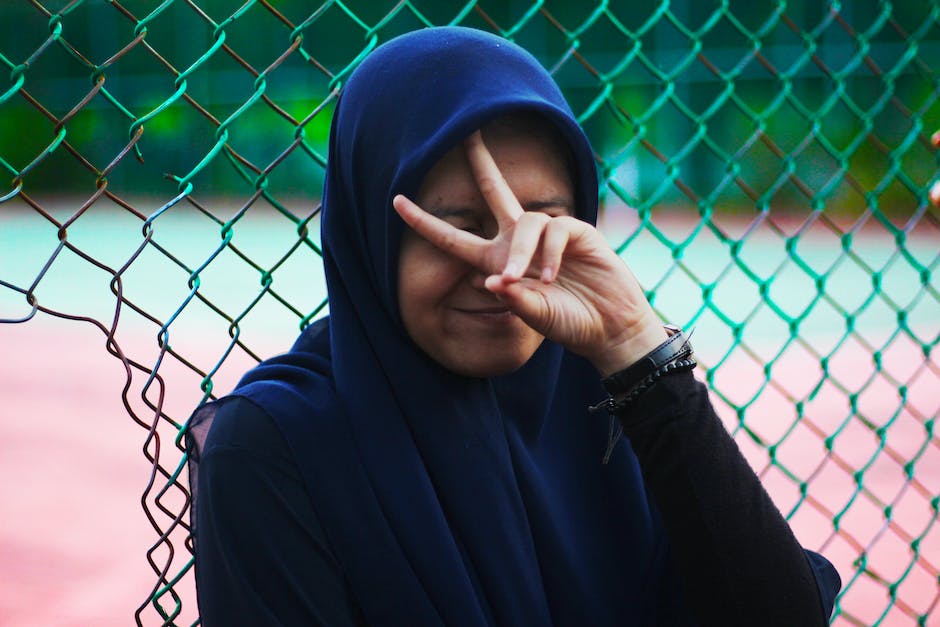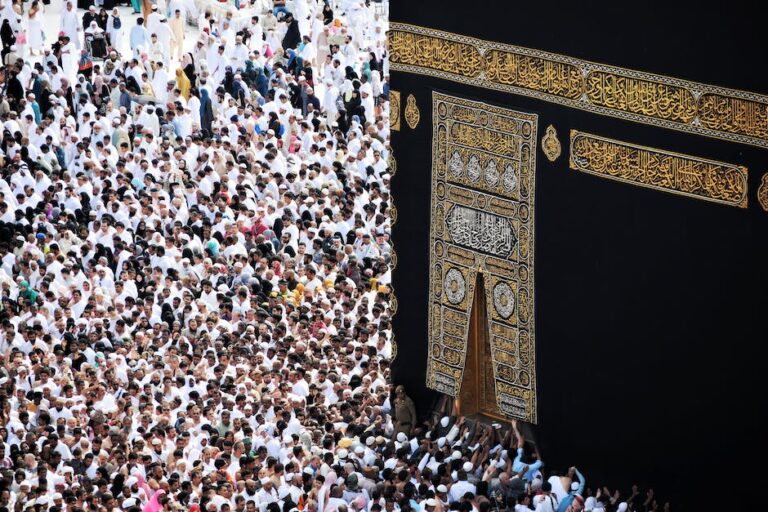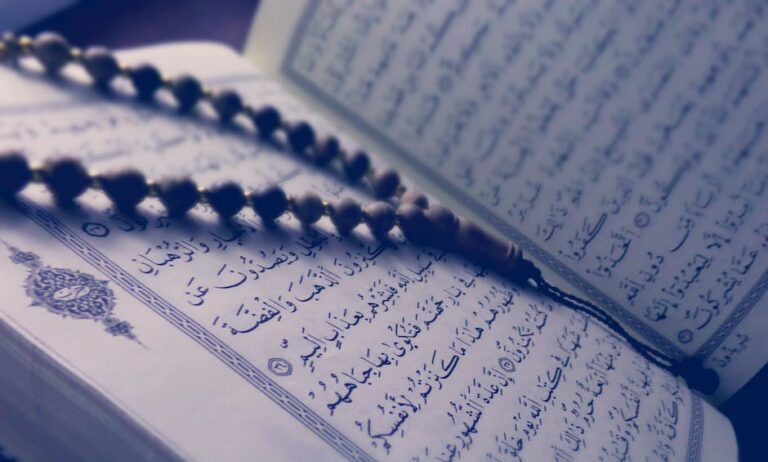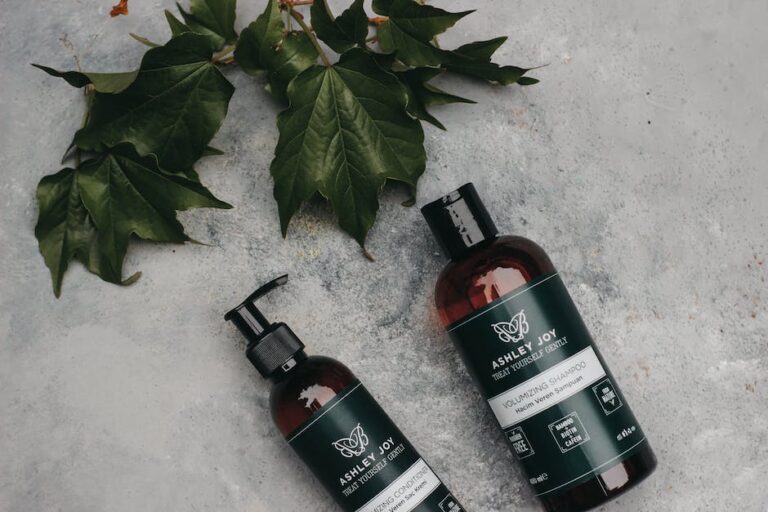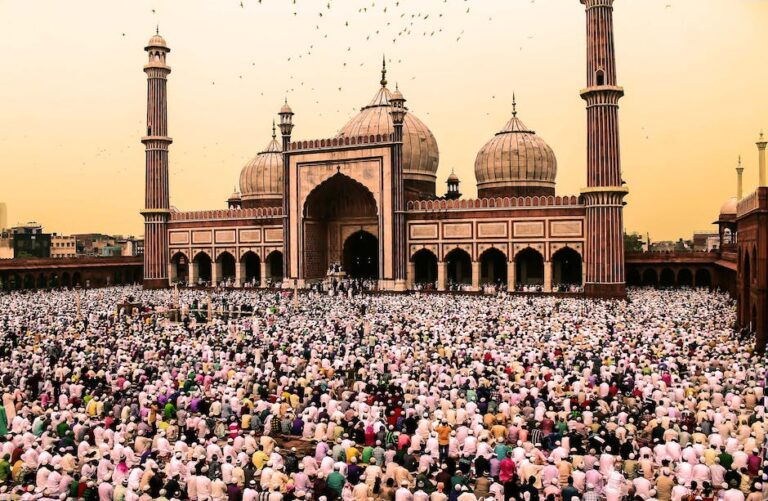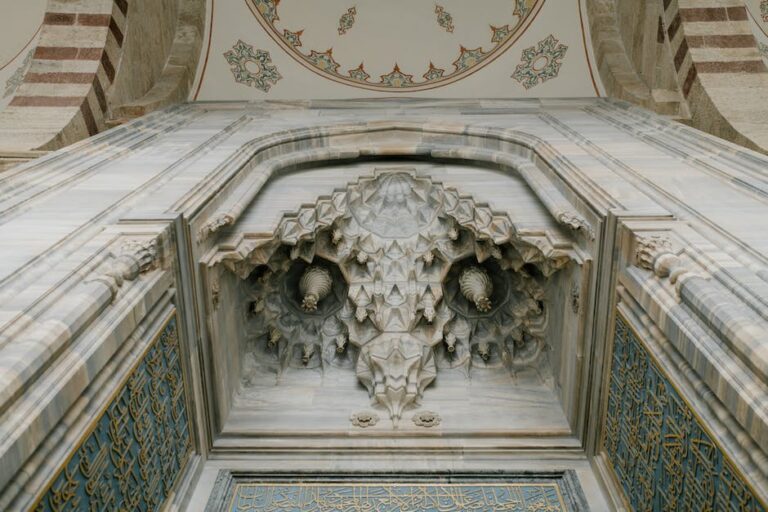The Beauty of Islamic Fashion: An Introduction to Modest Clothing Styles
Modesty is an integral part of Islam and manifests itself in many aspects of a Muslim’s life, including clothing. Modest clothing is essential in the Quran and Sunnah, and it is a constant reminder of our devotion to Allah. It represents an attitude of humility and respect towards the divine and towards ourselves.
Islamic teachings on modesty do not advocate for a specific style or clothing item, but rather a set of principles for the clothes’ function. These principles dictate that clothing must cover the body, be loose-fitting, and not transparent or tight. It is important to note that modesty is not just about how much skin is covered, but also about the behavior and intentions of the person wearing the clothing.
Modesty is a form of worship in Islam because it requires conscious efforts to align oneself with the teachings of the Quran. It helps to remind Muslims of their individual responsibility towards Allah and their community. The practice of modesty promotes self-respect, humility, and dignity for both men and women.
From Hijab to Abaya: An Overview of Islamic Fashion
When people think of Islamic fashion, they often picture the hijab, the headscarf worn by Muslim women. However, Islamic fashion encompasses much more than just the hijab. It includes a wide range of garments, from traditional abayas and thobes to modern and fashionable clothing that adheres to Islamic principles of modesty.
The hijab, which covers the head and neck, has become a symbol of Muslim identity and has been widely adopted by Muslim women globally. However, some prefer a more traditional and distinctive form of dress, such as the abaya, a long, flowing garment that covers the entire body. In some areas, men may also wear traditional dress such as the thobe, a long garment that extends to the ankles.
In many Muslim-majority countries, Islamic fashion is a standard part of everyday clothing. However, it is also becoming increasingly popular among fashion-conscious Muslim women and men worldwide, who are looking for creative ways to incorporate Islamic fashion into their wardrobes.

The Rise of Modest Fashion: How It’s Changing the Industry
The fashion industry has traditionally favored revealing and form-fitting clothing, but there is an increasing demand for modest fashion. Modest fashion adheres to the principles of covering the body, loose-fitting, and not transparent or tight. This type of clothing is gaining traction in the fashion industry, with fashion designers creating collections that cater to the modest fashion market.
The rise of modest fashion is not just limited to Muslim women; it is extending to women of all faiths around the world. This has created new opportunities for designers and entrepreneurs to create stylish and modest clothing lines. The modest fashion industry is worth billions of dollars globally, and it is expected to continue growing as more women seek out fashionable, modest clothing options.
Modest fashion is not just a passing trend; it is a movement that is changing the fashion industry and empowering women globally. The rise of modest fashion shows that modesty and fashion can go hand-in-hand and that there is space in the industry to embrace diverse styles and attitudes towards clothing.
Balancing Modesty and Fashion: Tips for Creating Stylish Outfits
Finding the perfect balance between modesty and fashion can be challenging, but it is possible with some creativity and effort. Modesty does not mean that one must compromise style or individuality; instead, modesty is an opportunity to explore and embrace diverse styles and fashion trends while adhering to Islamic principles. Here are some tips for creating stylish, modest outfits:
- Layering: Layering is an excellent technique for creating modest outfits. It involves adding layers of clothing to cover and conceal the body while still allowing one to showcase their personal style.
- Experiment with color: Islamic fashion does not have to be plain or boring. Experimenting with colors and different patterns can add variety to one’s wardrobe while still adhering to modesty.
- Accessorize: Accessories such as scarfs, jewelry, and belts can elevate any outfit. They add an extra element of style and individuality while still covering the body.
By following these tips, one can create a wardrobe that is both modest and stylish. It is essential to remember that modesty is a personal choice and that everyone’s interpretation of it may differ.
Uncovering the Beauty of Cultural and Regional Islamic Fashion
Islamic fashion is not limited to the hijab or abaya; it encompasses diverse styles and designs that vary across countries and cultures. Every region has its unique fashion taste and interpretation of modesty, making Islamic fashion incredibly diverse and beautiful.
For example, the Middle East is renowned for its luxurious fabrics and intricate designs, with the thobe being a common traditional garment worn by men. Africa is diverse in its style, with vibrant colors and patterns in traditional clothing such as the gele, a head tie worn by women. Southeast Asian fashion, such as the kebaya and sarong, are popular traditional garments for women, known for their intricate embroidery and bright colors.
It’s essential to recognize and appreciate the diversity within Islamic fashion, as it reflects the rich cultural heritage of Muslim communities worldwide. The beauty of Islamic fashion is that individual styles and clothing pieces can be incorporated into modern, everyday outfits, allowing one to showcase their culture and identity while still adhering to Islamic principles of modesty.
In conclusion, Islamic fashion is far more than just a form of clothing. It represents a way of life that emphasizes modesty, respect, and individuality. By recognizing the diversity within Islamic fashion and exploring various styles and trends, we can embrace and reflect the beauty of Muslim cultures worldwide.
Celebrating Special Occasions with Modest Clothing: Eid and Weddings
Eid and weddings are significant events in Muslim culture that are celebrated with family, friends, and loved ones. These celebrations are opportunities for individuals to showcase their style and heritage while still adhering to Islamic principles of modesty.
On Eid, it is common for Muslims to dress up in their finest clothes and attend morning prayer services. Traditional clothing such as the shalwar kameez, a long tunic shirt paired with loose-fitting trousers, is a popular choice for men and women. The attire is often adorned with intricate embroidery and embellishments that represent the festive nature of Eid.
Wedding attire is another opportunity to showcase personal style while still adhering to Islamic principles. In many Muslim cultures, brides tend to wear a traditional dress such as the red-colored lehenga for South Asians or the white thobe for Middle Eastern brides. Men often wear traditional garments such as the sherwani or the thobe.
Celebrating these special occasions with modest clothing encourages individuals to embrace their culture and heritage while still adhering to an essential aspect of Islamic faith. Muslims can create stylish and beautiful outfits that align with their personal beliefs and reflect their cultural identity.
Empowering Muslim Women through Modest Fashion: Influencers and Brands to Follow
Modest fashion has become increasingly popular on social media platforms such as Instagram and Youtube, leading to a rise in modest fashion influencers and brands. These individuals and companies are empowering Muslim women globally by showcasing creative and stylish options for modest clothing.
One of these influencers is Dina Tokio, a British-Palestinian Muslim fashion and beauty blogger with over 2 million subscribers on YouTube. She is renowned for her modest Islamic fashion sense, often incorporating headscarves and loose clothing into her outfits.
Hijarbie is another rising influencer in the modest fashion scene. Haneefah Adam, a Nigerian entrepreneur, created Hijarbie, a hijab-wearing Barbie, to empower Muslim girls and showcase that modesty is beautiful and desirable.
In addition to influencers, numerous modest fashion brands have emerged, catering to the growing demand for stylish yet modest clothing. Brands such as Modanisa, Haute Hijab, and Aab Collection offer a wide range of clothing options that align with Islamic principles.
Overall, modest fashion influencers and brands are empowering Muslim women by showcasing that modesty can be stylish, creative, and individualistic. These individuals and companies are transforming the fashion industry and providing diverse and inclusive options for Muslim women globally.

